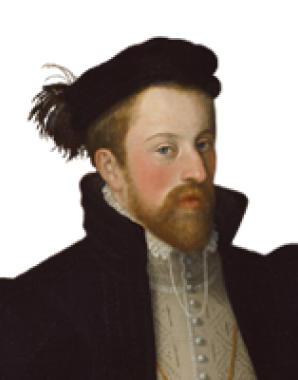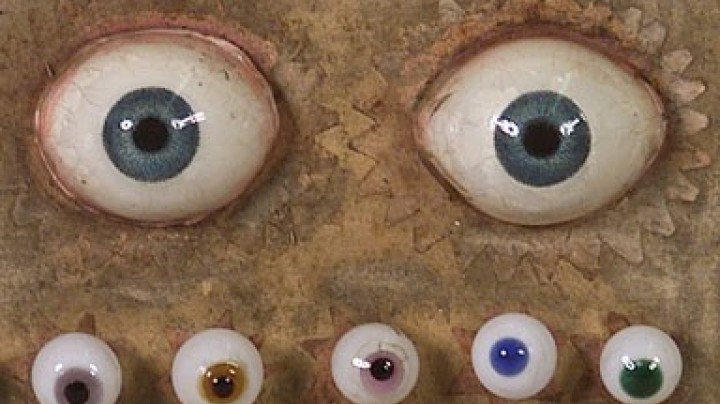The Ambras Kunstkammer
The famous collection of Ferdinand of Tyrol held at Schloss Ambras – like that of Rudolf II – was a cabinet of art and wonders. Together with holdings of arms and armour the collection included exotic items and natural objects.
Ferdinand had the medieval fortress at Ambras modernized and in 1570/71 commissioned additional buildings to house his collections and a large library.
The Renaissance witnessed increasing interest in individuals and the human body. This was reflected in Ferdinand’s collection of portraits, which included not only likenesses of predecessors and members of princely families but also famous personalities past and present – from artists, poets and thinkers, conquerors and famous women to ‘human prodigies’. A portrait collection of this kind was a novelty. Around 1,000 small-format paintings from this collection can be seen today in the Coin Cabinet of the Kunsthistorisches Museum in Vienna.
The passion for curiosities was not limited to paintings – many princely courts had dwarves, ‘fools’ or jesters, ‘Moors’ and Turks (who as non-Christians were counted as ‘fools’) as part of the court household. The ‘ownership’ of unusual individuals enhanced the reputation of a court, attesting to the far-reaching connections enjoyed by the ruler. Giants and midgets were seen as ‘sports’ of Nature. There were also midgets and dwarves at the court in Ambras.
These cabinets constituted an attraction for European princes and travelling scholars, in particular those of Archduke Ferdinand at Ambras, where institutionalized tours had been held from the early seventeenth century, drawing famous visitors such as Michel de Montaigne, Queen Christina of Sweden or Johann Wolfgang von Goethe.
In the Ambras Kunstkammer works of art were presented alongside natural objects as exhibits of equal value. The way they were displayed depended on material criteria, that is, the material of their settings determined the place in which they were shown. Stuffed animals hung from the ceiling. The objects displayed were intended to bewilder and astonish in their wealth and variety.


























